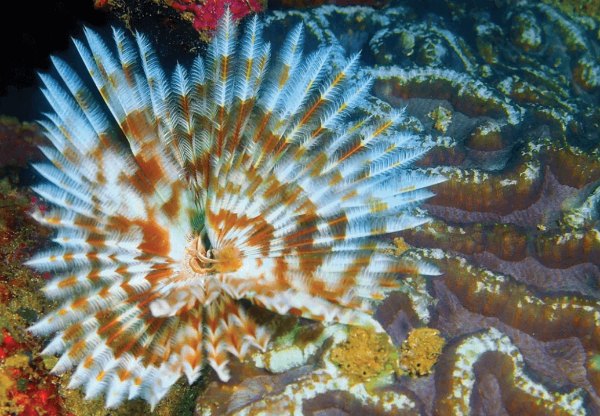Frank Sherman, M. A. | ICR
Hemoglobin is an iron-containing respiratory protein in red blood cells that binds oxygen and then transports and releases it to cells that need oxygen. It’s designed as four subunits (two alpha and two beta chains), each with an eight-helix folded pattern. This configuration enables conformational changes of the protein so that oxygen molecules can easily load and unload. God has designed hemoglobin in a wide range of His creatures, both invertebrates (arthropods, mollusks, annelids, and echinoderms) and vertebrates.
Did hemoglobin evolve? Evolutionists should be able to trace how this amazing protein molecule originated—but they can’t. Scientists have no fossil molecules, and thus they cannot go back into deep evolutionary time and analyze the hypothetical pre-hemoglobin that supposedly existed. Evolutionists Richard Dickerson and Irving Geis stated that hemoglobins are “a puzzling problem. Hemoglobins occur sporadically among the invertebrate phyla in no obvious [evolutionary branching] pattern.” Dickerson goes on to say, “It is hard to see a common line of descent snaking in so unsystematic a way through so many different phyla.”1
A decade later, another evolutionist said:





